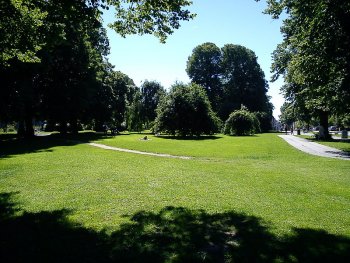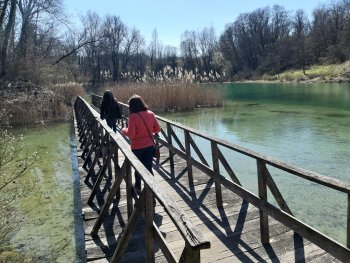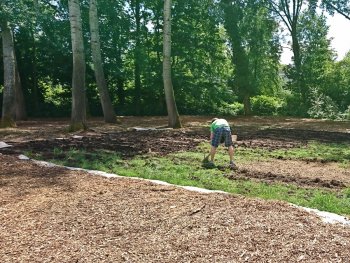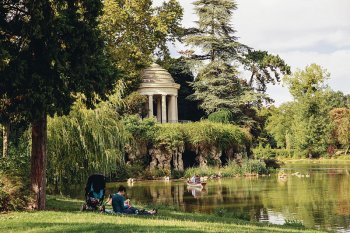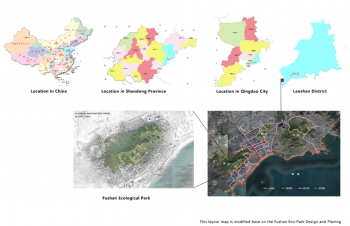Aarhus – A City Perspective (REGREEN Urban Living Lab) - Denmark
Submitted by Rik De Vreese on 29 June 2021In the scope of the REGREEN project, the Aarhus Municipality aims to promote urban liveability, by systematically enhancing and restoring ecosystem services and biodiversity as the basis for Nature-based solutions (NbS):
In this regard, Aarhus aims to improve water quality, water flow management and carbon sequestration.
Further objectives include heat mitigation as well as reforestation and renaturing activities of agricultural land to create urban forests, increase biodiversity sites and allow for open...

